Rendering by Hayes Large Architects
Celebrating a Community Centerpiece
Published 08.30.2023

by Thomas Speicher
Writer/Video Producer
A 30-year anniversary nearly a century in the making
On May 6, the Community Arts Center hosted a celebration of its 30th anniversary, a milestone made possible by the enduring support of Pennsylvania College of Technology and the Williamsport community.
ACT I
THE ORIGIN of the Community Arts Center dates to the 1920s and the construction of a movie palace in downtown Williamsport at the site of the former Sterling Hotel on West Fourth Street. The Comerford Amusement Co., a prominent owner and operator of theaters across the Northeast, bought the fire-damaged hotel and constructed in its wake the largest movie house in the region.
Fine products from 10 countries were used to construct the ornate theater, which featured an exquisitely detailed octagon-shaped dome ceiling. The architecture and artistic elements reflected the Basque region of Spain. “The cost was somewhere around a million dollars, which at the time was really extravagant,” said William J. Martin, senior vice president emeritus of Penn College. Martin served as project director for the Community Arts Center’s construction. “It was designed to make you set aside reality as you moved from the street to your seat.”
In the ensuing decades, the deteriorating property had multiple owners and even housed a hairdressing school, among other enterprises. The Capitol Theatre was mainly used to show movies and host the occasional concert or special event sponsored by schools and other local organizations. Martin noted that at the time of its closing, “You could actually see the light outside shining through the walls.”
ACT III
ON DEC. 22, 1989, Penn College, the Williamsport-Lycoming Foundation (now the First Community Foundation Partnership of Pennsylvania) and the City of Williamsport announced plans for the college to acquire the Capitol Theatre and convert it into a performing arts venue. Renovation and reconstruction began in the summer of 1991 and took nearly two years. The cost exceeded $13 million, with more than $8 million contributed by the college.
The goal of the painstaking project was to restore the original grandeur of the theater with modern amenities. Additional and refurbished seating, an enlarged stage, upgraded sound and lighting systems, and a new facade were just some of the immense improvements. Decaying artistic elements were resurrected by a variety of artists who combined their creative talent with precision detail to honor original designs.
“What we did was restore where we could and replicate where we couldn’t restore,” Martin explained.
That work encompassed all elements in the inner lobby and theater. Highlights included recreating 3,000 feet of stenciling, replicating murals depicting the West Branch Valley’s picturesque landscape, restoring hanging chandeliers and fixtures, and modeling the carpeting’s pattern from a swatch of the carpet installed in 1928.
May 8, 1993, marked a new era for the region as the Community Arts Center opened its doors to the public with a performance by the famed Skitch Henderson and the New York Pops.
“I remember that feeling of awe the first time I came into the theater. I feel that every time I come in,” said Williamsport native Jim R. Dougherty, who today serves as the CAC’s executive director. “I’m always struck by the detail and the level of precise attention to the architecture in a way that just is not done anymore. You come under the balcony, and you look up at the octagon and the ceiling, and it’s incredible. There’s nothing else like it.”
Rob Steele, the CAC’s executive director from 2005-15, said the grandeur of the theater is best reflected in a question a young patron posed to him years ago. “He asked me, ‘Does the king live here? Is this where the king lives?’” Steele said. “It’s just an absolute palace.”
ENCORE
SINCE ITS OPENING, more than 1.6 million patrons have enjoyed live events at the Community Arts Center. In the past 30 years, some of the world’s most renowned entertainers have graced the stage, ranging from iconic comedians George Carlin, Jerry Seinfeld and Jay Leno to legendary musicians Aretha Franklin, Ray Charles, Tony Bennett, Ringo Starr and Barry Manilow. National tours of Broadway musicals, magicians, acrobats and ballets have also been among the 1,600-plus productions.
As the largest cultural institution in the area, the center embraces the region’s artistic community. The 2,100-seat theater serves as the home of the Williamsport Symphony Orchestra. The Uptown Music Collective, Community Theatre League, various dance troupes, local school music programs and Lycoming College all stage events at the “jewel of downtown Williamsport.”
“The Arts Center operates 50 weeks a year, and there is always something going on,” Dougherty said.
The activities include two regular series at the CAC’s Capitol Lounge: Tunes on Tap and the Comedy Zone. A free event, Tunes on Tap pairs a local band and brewery for Friday evening entertainment. The Comedy Zone features nationally touring comedians.
“It’s very important for us to make sure that we are serving the whole community, top to bottom,” Dougherty said. “This type of venue that is locally owned and is here in service to the community is an increasing rarity in the industry.”
That “service to community” includes a positive economic impact for the area.
“It’s not uncommon for me, when I’m speaking to local community leaders, to hear that they view the Community Arts Center as a keystone of the downtown Williamsport economy,” Dougherty said.
“These types of events bring people downtown and they help everyone,” added Frank Pellegrino, a Williamsport-area business leader and philanthropist. “They help the city, our merchants, our restaurateurs. They help our hotels.”
Traditionally, performing arts centers, even in cities much larger than Williamsport, don’t turn a big profit. That’s why the community plays a vital role in the Community Arts Center’s future.
“I think people can help in multiple ways,” said Michael J. Reed, Penn College president. “One, is by coming to the shows and enjoying the entertainment that is brought into our backyard. Two, is advocating for the Arts Center, making sure other people are aware of the exceptional talent and the beautiful center that we have. And three, for those who are able, is to financially support the Arts Center.”
“This is something that we need to treasure, and we need to hold forth for future generations,” concluded Patti Jackson-Gehris, president of UPMC Williamsport. “I want to make sure that when my kids have kids, they can come to the Community Arts Center for a great performance.”

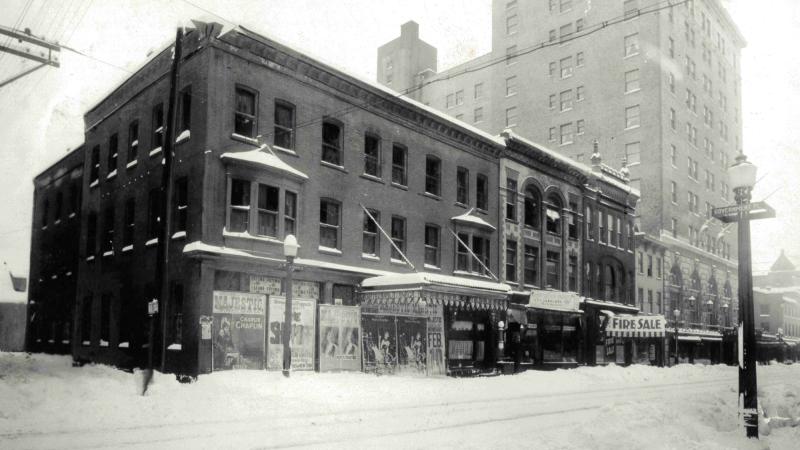
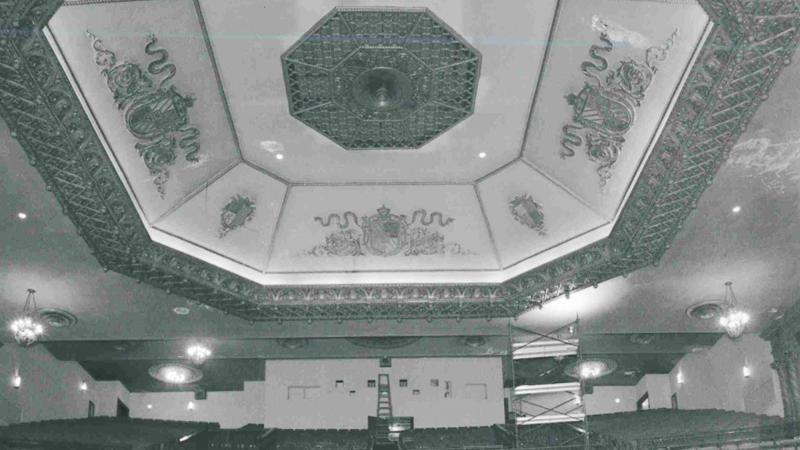
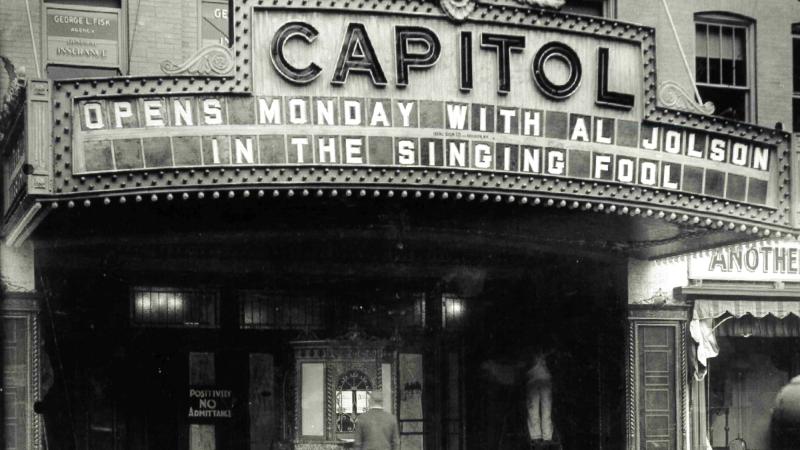
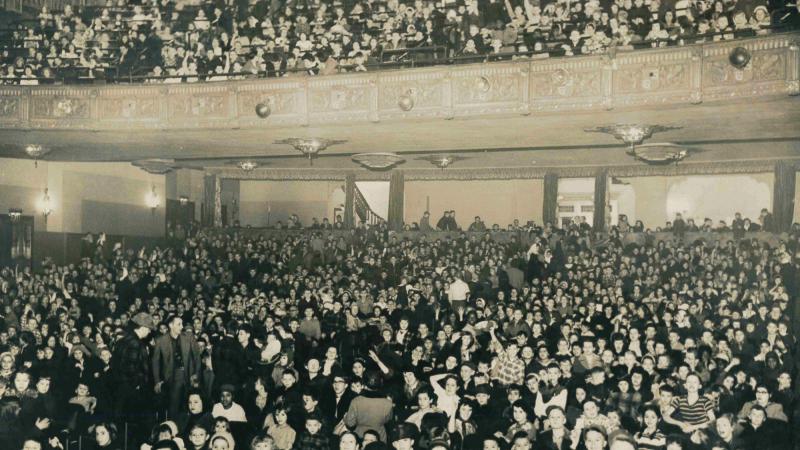
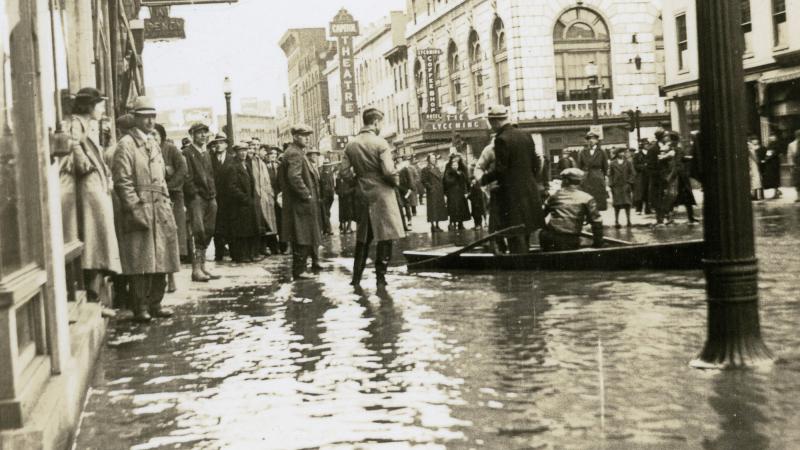
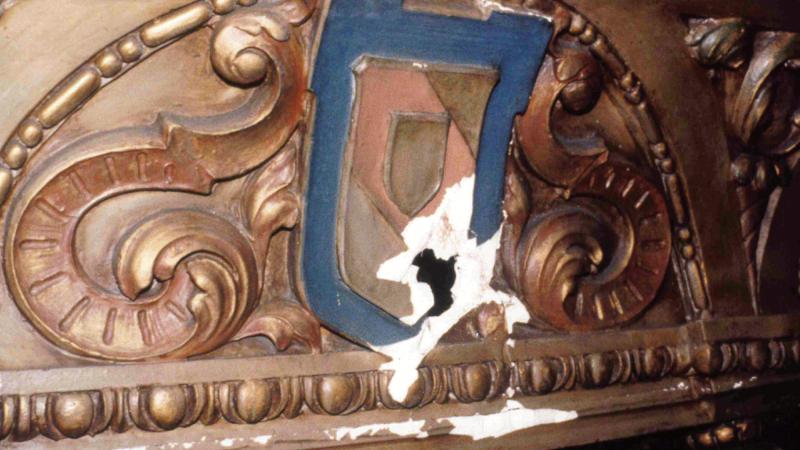
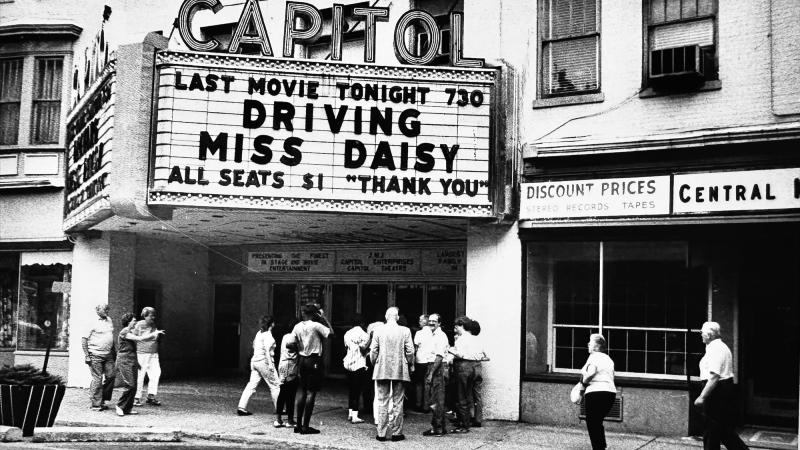
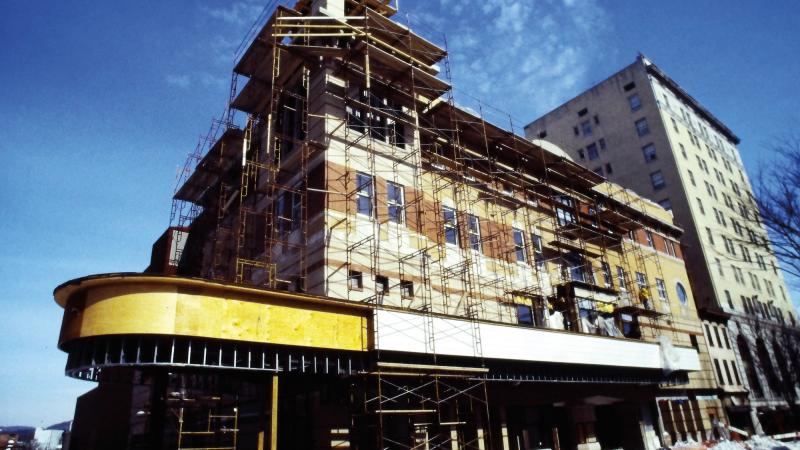
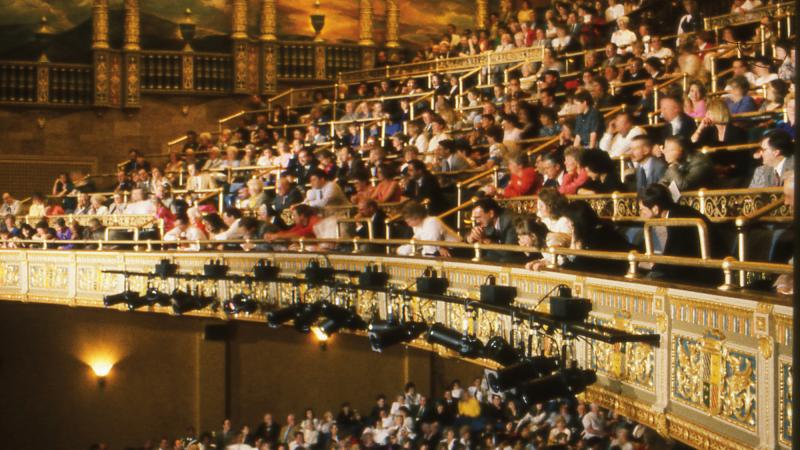
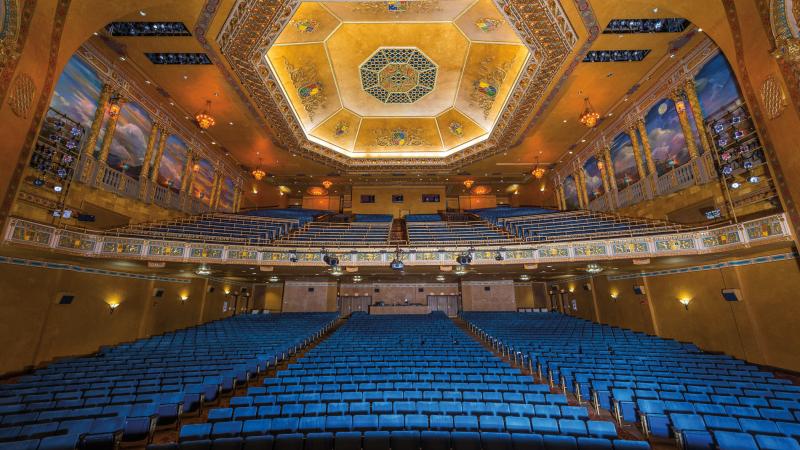
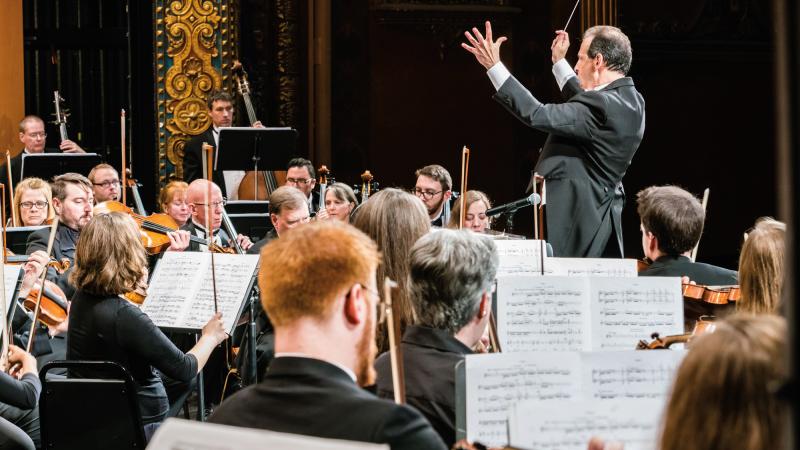
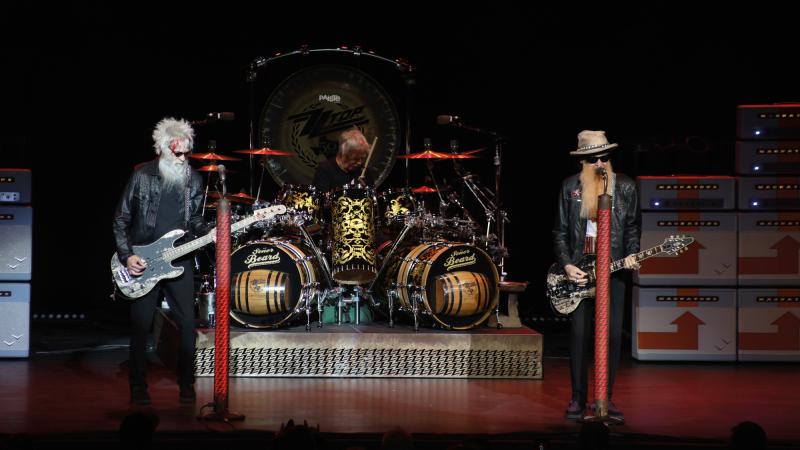
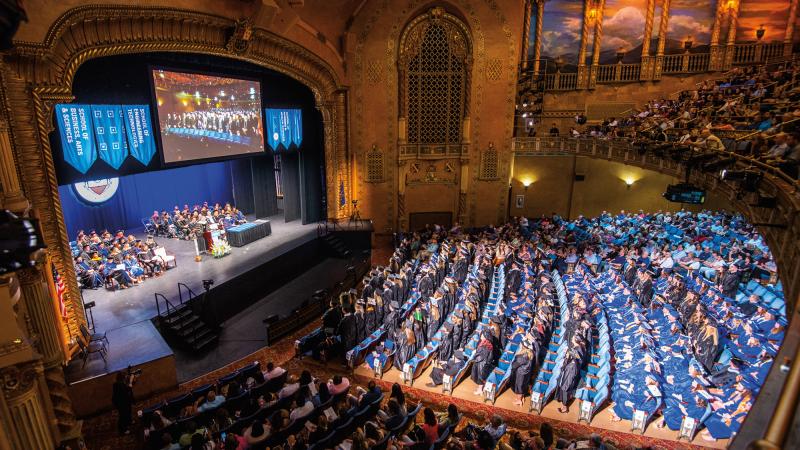
Share your comments
Penn College Magazine welcomes comments that are on topic and civil. Read our full disclaimer.
We love hearing from you